The Philippines is a Southeast Asian country consisting of over 7,600 islands located in the western Pacific Ocean. The country is known for its beautiful beaches, diverse culture, and warm hospitality. The Philippines has a rich history, having been colonized by Spain, the United States, and Japan at different times. Today, it is a democratic republic with a mixed economy that is growing rapidly.
The people of the Philippines are called Filipinos and they are known for their friendly and welcoming nature. They have a diverse culture that is a blend of native Malay, Spanish, American, and other influences. The country is also known for its delicious cuisine, which is a fusion of various flavors and techniques.
Tourism is a major industry in the Philippines, with millions of visitors each year coming to enjoy the country’s natural beauty, historical landmarks, and cultural attractions. The capital city, Manila, is a bustling metropolis with a rich history and modern amenities. Other popular destinations include the beaches of Boracay and Palawan, the rice terraces of Ifugao, and the colonial city of Vigan.
Despite its natural and cultural beauty, the Philippines faces several challenges, including poverty, political instability, and natural disasters such as typhoons and earthquakes. However, the resilience and determination of the Filipino people have helped the country overcome these challenges and continue to thrive
- Jose Rizal: A National Hero and Champion of Philippine Independence
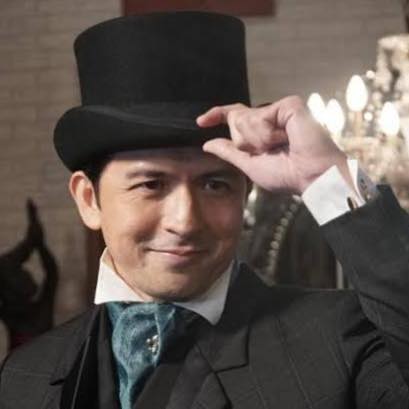
Jose Rizal is widely regarded as one of the greatest heroes of the Philippines. Born on June 19, 1861, in Calamba, Laguna, he was a writer, poet, and polymath who advocated for social justice, freedom, and independence for his country. His works, particularly “Noli Me Tangere” and “El Filibusterismo”, are considered literary masterpieces that exposed the injustices and abuses of the Spanish colonial regime in the Philippines.
Rizal’s early years were marked by academic excellence and a deep love for his country. He excelled in his studies, earning a Bachelor of Arts degree with highest honors from Ateneo Municipal de Manila in 1877, and a Licentiate in Medicine from the University of Santo Tomas in 1881. He also studied in Madrid, Paris, and Heidelberg, where he gained knowledge and insights that would inform his later works.
Despite his achievements, Rizal faced persecution and imprisonment by the Spanish authorities for his writings and activism. In 1896, he was accused of rebellion, sedition, and conspiracy, and was sentenced to death by firing squad. His execution on December 30, 1896, is commemorated in the Philippines as Rizal Day, a national holiday that honors his life and legacy.
Rizal’s writings had a profound impact on the Philippine Revolution, which began in 1896 and ultimately led to Philippine independence from Spanish colonial rule. His works, particularly “Noli Me Tangere” and “El Filibusterismo”, exposed the corruption and abuses of the Spanish colonial regime, and sparked a sense of nationalism and a desire for change among Filipinos. He also wrote essays, poems, and letters that encouraged Filipinos to pursue education, critical thinking, and national unity.
Rizal’s legacy continues to inspire and influence Filipinos today. He is regarded as a symbol of the struggle for independence and freedom, and his writings are taught in schools and universities as a testament to the power of literature and the importance of speaking truth to power. His life and work have also inspired countless artists, writers, and activists in the Philippines and around the world.
In addition to his literary contributions, Rizal was also a skilled artist, scientist, and linguist. He was proficient in several languages, including Spanish, English, French, German, and Tagalog, and was a gifted painter and sculptor. His scientific research on the Philippines’ flora and fauna, as well as his advocacy for public health and sanitation, also demonstrates his commitment to advancing knowledge and improving the lives of Filipinos.
Jose Rizal was a visionary leader and a champion of Philippine independence and freedom. His life and legacy continue to inspire and influence Filipinos today, and his writings serve as a reminder of the power of literature to effect change and promote social justice. As the Philippines moves forward into the future, the lessons and ideals of Rizal’s life and work will undoubtedly continue to shape and inform the country’s identity and aspirations.
2. Andres Bonifacio: The Father of the Philippine Revolution
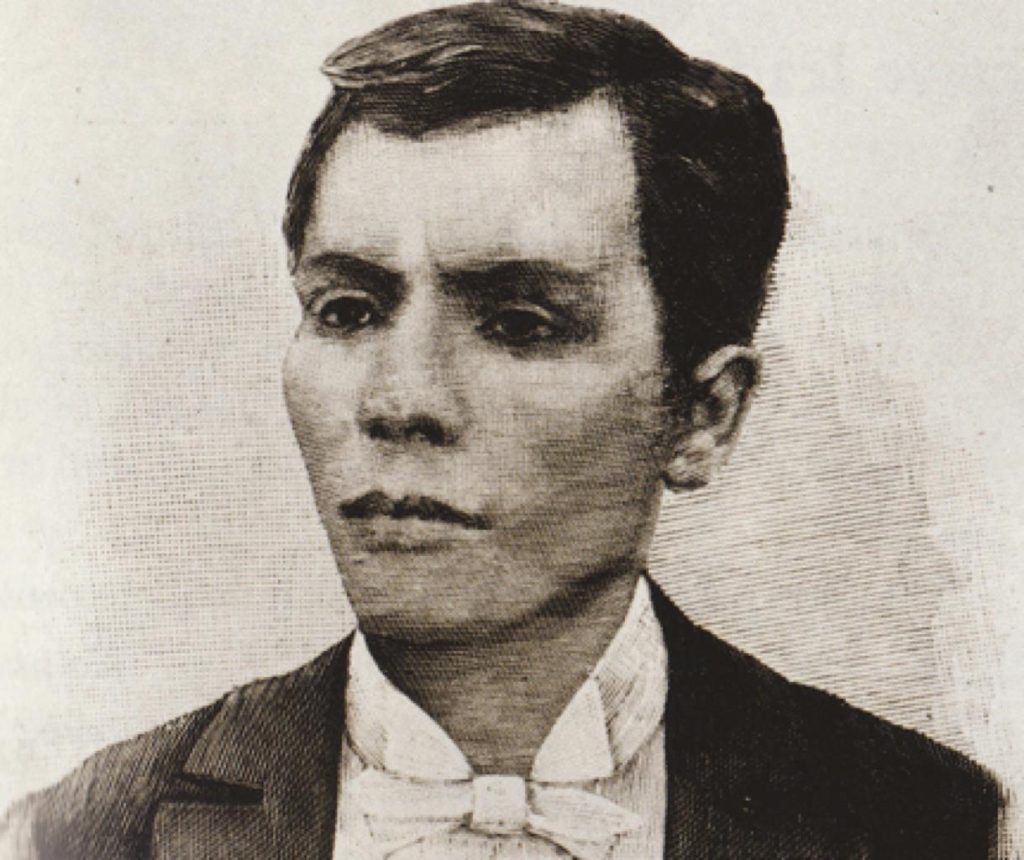
Andres Bonifacio is considered the father of the Philippine Revolution, and a key figure in the fight for Philippine independence from Spanish colonial rule. Born on November 30, 1863, in Tondo, Manila, he was a laborer, writer, and leader of the Katipunan, a secret society that aimed to overthrow the Spanish colonial government and establish a free and independent Philippines.
Bonifacio’s early life was marked by poverty and hardship. He was forced to drop out of school at an early age to support his family and worked as a messenger and warehouseman in a British trading firm. Despite his lack of formal education, he was a voracious reader and was deeply interested in the struggles of the working class and the plight of his fellow Filipinos under Spanish colonial rule.
In 1892, Bonifacio founded the Katipunan, a secret society that aimed to overthrow the Spanish colonial government and establish a free and independent Philippines. The Katipunan was a grassroots movement that drew support from all walks of life, including farmers, laborers, and intellectuals, and played a crucial role in the Philippine Revolution.
Under Bonifacio’s leadership, the Katipunan grew in strength and numbers and launched a series of successful attacks against the Spanish colonial government. He was also instrumental in the drafting of the “Acta de Tejeros”, which called for the establishment of a revolutionary government and the election of its leaders. However, his leadership was challenged by Emilio Aguinaldo, another prominent figure in the revolution, and he was ultimately ousted from his position as leader of the revolution.
Despite his fall from power, Bonifacio remained a symbol of resistance and heroism in the Philippines. He was known for his courage, his unwavering commitment to Philippine independence, and his fierce defense of the rights of the Filipino people. He was executed on May 10, 1897, by the forces of Aguinaldo, under controversial circumstances that have been the subject of much debate and speculation.
Bonifacio’s legacy continues to inspire and influence Filipinos today. He is regarded as a symbol of the struggle for independence and freedom, and his contributions to the Philippine Revolution are celebrated every year on November 30, which is observed as Bonifacio Day. His life and work have also inspired countless artists, writers, and activists in the Philippines and around the world.
Andres Bonifacio was a visionary leader and a champion of Philippine independence and freedom. His life and work have left an indelible mark on the history of the Philippines, and his contributions to the Philippine Revolution continue to inspire and influence Filipinos today. As the Philippines moves forward into the future, the lessons and ideals of Bonifacio’s life and work will undoubtedly continue to shape and inform the country’s identity and aspirations.
3. Emilio Aguinaldo: The First President of the Philippines

Emilio Aguinaldo is a prominent figure in Philippine history and is widely regarded as the first president of the Philippines. Born on March 22, 1869, in Kawit, Cavite, he played a key role in the Philippine Revolution against Spanish colonial rule and later in the Philippine-American War.
Aguinaldo grew up in a wealthy family and received a good education, which included learning several languages. He became involved in the Philippine Revolution at an early age and quickly rose to prominence as a leader of the revolutionary forces. He led successful campaigns against the Spanish colonial government, and in 1897, was appointed as the leader of the revolutionary government.
Under Aguinaldo’s leadership, the Philippine Revolution continued to gain momentum, and in 1898, the Spanish colonial government surrendered to the revolutionary forces. Aguinaldo declared Philippine independence on June 12, 1898, and became the first president of the newly-formed Philippine Republic.
However, the Philippines’ newfound independence was short-lived, as the United States soon took control of the country after defeating Spain in the Spanish-American War. Aguinaldo initially fought against the American occupation but was eventually captured in 1901, which effectively ended the Philippine-American War.
Despite his capture and the end of the Philippine Republic, Aguinaldo remained a revered figure in the Philippines. He was known for his bravery, his dedication to the cause of Philippine independence, and his tireless efforts to improve the lives of his fellow Filipinos. He continued to be active in Philippine politics for many years and even served as a member of the Philippine legislature during the Commonwealth era.
Aguinaldo’s legacy continues to influence and inspire Filipinos today. He is widely regarded as a symbol of Philippine independence and sovereignty, and his contributions to the country’s struggle for freedom are celebrated every year on June 12, which is observed as Independence Day in the Philippines. His life and work have also inspired countless artists, writers, and activists in the Philippines and around the world.
Emilio Aguinaldo is an important figure in Philippine history, and his contributions to the country’s struggle for independence and sovereignty cannot be overstated. As the Philippines continues to navigate the challenges and opportunities of the modern era, the lessons and ideals of Aguinaldo’s life and work will undoubtedly continue to shape and inform the country’s identity and aspirations.
4. Corazon Aquino: The Iconic Female President of the Philippines
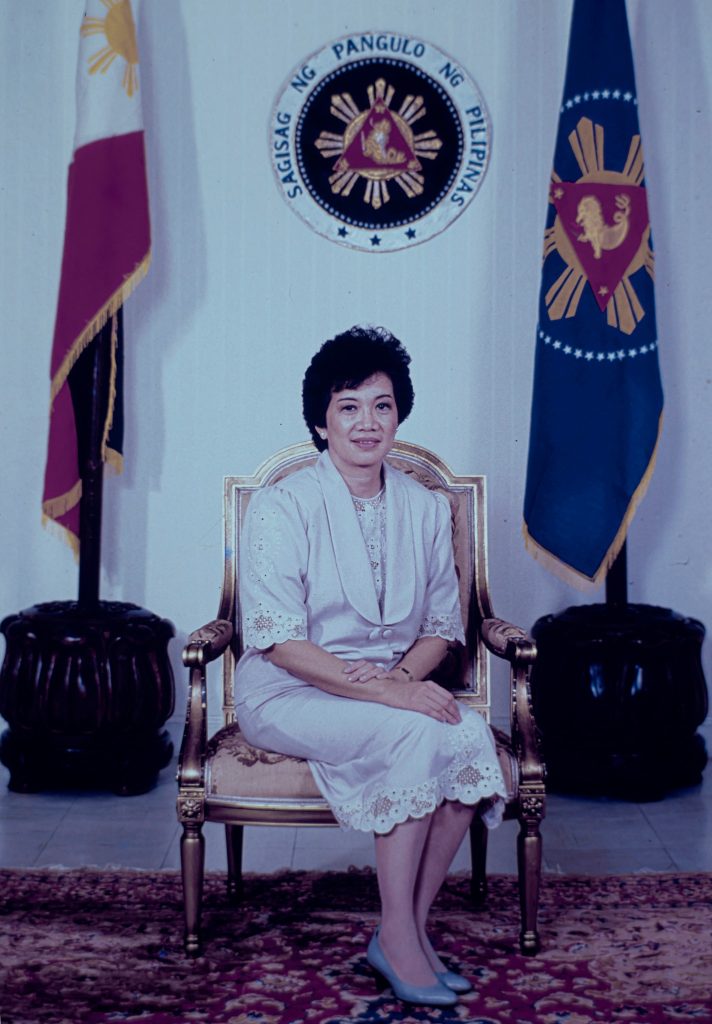
Corazon Aquino, also known as Cory Aquino, was the first female president of the Philippines and an icon of democracy. Born on January 25, 1933, in Tarlac, Philippines, she rose to prominence in the 1980s as the leader of the opposition to the dictatorship of Ferdinand Marcos.
Aquino was married to Benigno Aquino Jr., a prominent opposition leader who was assassinated in 1983. Following her husband’s death, she was thrust into the national spotlight and became a leader of the opposition movement against Marcos’ authoritarian regime.
In 1986, Marcos called for a snap presidential election, which was widely regarded as fraudulent. Aquino ran against Marcos and, with the support of millions of Filipinos who were tired of the regime’s corruption and abuse of power, she won the election. However, Marcos refused to concede and attempted to remain in power, which led to the People Power Revolution.
The People Power Revolution, also known as the EDSA Revolution, was a peaceful mass protest that took place in February 1986. Millions of Filipinos took to the streets to demand Marcos’ resignation and to support Aquino as the legitimate president. The revolution succeeded, and Marcos fled the country, allowing Aquino to assume the presidency.
As president, Aquino faced many challenges, including a military coup attempt and a severe economic crisis. However, she remained committed to democracy, human rights, and social justice. She instituted reforms aimed at strengthening democracy and reducing corruption, and she worked to improve the lives of the poorest Filipinos.
Aquino’s presidency was marked by many achievements, including the adoption of a new constitution, the establishment of a commission to investigate human rights abuses under Marcos, and the initiation of peace talks with separatist rebels in Mindanao.
Despite facing criticism and opposition during her presidency, Aquino remained a beloved figure in the Philippines and was widely admired for her courage, integrity, and dedication to democracy. She received numerous awards and honors, including the Nobel Peace Prize, and her legacy continues to inspire and influence Filipinos today.
Corazon Aquino was an iconic figure in Philippine history and a symbol of democracy and resistance. Her leadership and courage during the People Power Revolution inspired millions of Filipinos and led to the restoration of democracy in the Philippines. Her presidency was marked by many achievements and her legacy continues to be celebrated and honored in the Philippines and around the world.
5. Manny Pacquiao: The People’s Champion of Boxing
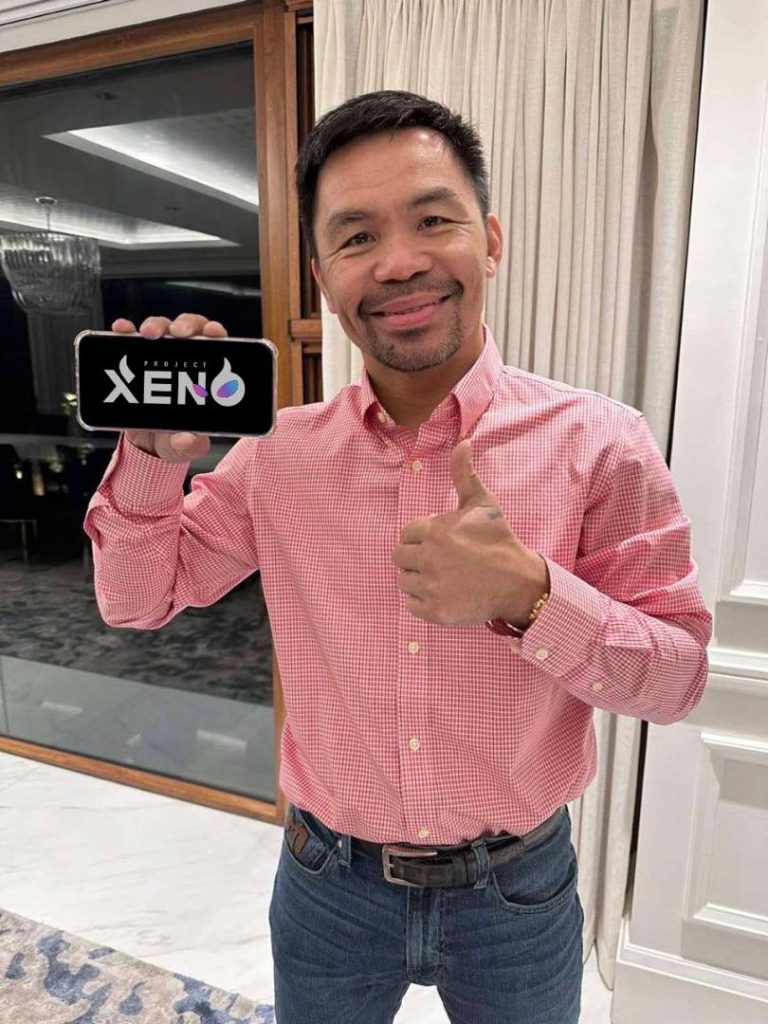
Manny Pacquiao, also known as “Pac-Man,” is a world-renowned boxer and politician from the Philippines. Born on December 17, 1978, in Kibawe, Bukidnon, he began his boxing career as a teenager and quickly rose to fame for his speed, power, and tenacity in the ring.
Pacquiao has won multiple world titles in different weight classes and is considered one of the greatest boxers of all time. He has fought some of the biggest names in the sport, including Floyd Mayweather Jr., Oscar De La Hoya, and Miguel Cotto, and has earned millions of dollars in prize money and endorsements.
Aside from his success in the ring, Pacquiao is also a philanthropist and a politician. He has used his fame and wealth to give back to his community and has supported various charitable causes, including education, healthcare, and disaster relief. In 2010, Pacquiao was elected to the Philippine House of Representatives as a representative of the Sarangani province. He served for one term and then ran for the Philippine Senate in 2016, winning a seat and becoming a senator.
Pacquiao’s political career has been marked by controversy, as he has been criticized for his absenteeism and lack of legislative accomplishments. However, he has remained a popular figure in the Philippines and has continued to use his platform to advocate for the poor and marginalized. In addition to his boxing and political careers, Pacquiao is also a musician and an actor. He has released several albums and has appeared in numerous films and television shows.
Pacquiao’s legacy as a boxer and a public figure has been cemented by his dedication to his country and his people. He is known for his humility, his kindness, and his generosity, and he has inspired millions of Filipinos with his resilience and determination. In 2015, Pacquiao was inducted into the International Boxing Hall of Fame, joining the ranks of the greatest boxers in history. He continues to train and compete at the age of 44, and his fans around the world eagerly anticipate his next fight.
Manny Pacquiao is a true champion both in and out of the ring. His accomplishments as a boxer and a politician have made him a beloved figure in the Philippines and around the world. He has used his fame and wealth to give back to his community and to fight for the rights of the poor and marginalized. His legacy as the People’s Champion of boxing will be remembered for generations to come.
6. Carlos P. Romulo: A Statesman and a Diplomat
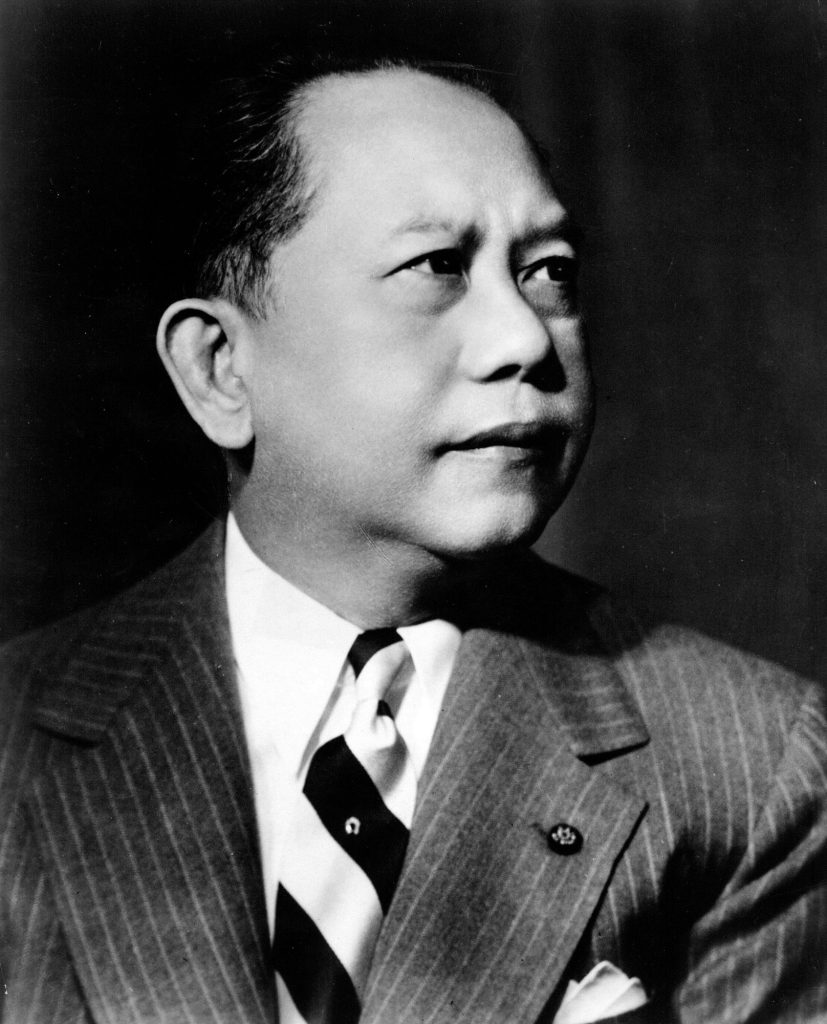
Carlos P. Romulo was a Filipino statesman, diplomat, soldier, journalist, and author who played a crucial role in the Philippines’ fight for independence and in the country’s foreign relations with the United States and the United Nations.
Born on January 14, 1899, in Camiling, Tarlac, Romulo was the son of a schoolteacher and a farmer. He excelled academically and earned a scholarship to study at the University of the Philippines, where he obtained a degree in Bachelor of Arts and Law. In 1921, Romulo began his career as a journalist and worked for various newspapers, including the Manila Tribune and the Philippine Herald. He quickly gained a reputation as a skilled writer and an outspoken critic of colonialism and imperialism.
During World War II, Romulo served as a colonel in the Philippine Army and was one of the key figures in the resistance against Japanese occupation. He also worked as a war correspondent for the United States Army and covered the Allied campaigns in North Africa and Europe. After the war, Romulo continued his career in journalism and became the editor-in-chief of the Philippine Herald. In 1948, he was appointed as the Philippine ambassador to the United States and served in that role until 1952.
Romulo’s tenure as ambassador was marked by his efforts to promote Philippine independence and strengthen the country’s ties with the United States. He also played a significant role in the negotiations that led to the signing of the Mutual Defense Assistance Agreement between the two countries.
In 1952, Romulo was elected as the president of the United Nations General Assembly, becoming the first Asian to hold the position. He used his platform to advocate for the rights of developing countries and to promote peace and disarmament. Romulo continued to serve his country in various capacities, including as the secretary of foreign affairs and as a senator. He also received numerous awards and honors, including the Pulitzer Prize for Correspondence in 1942 and the Presidential Medal of Freedom in 1984.
Romulo’s legacy as a statesman and a diplomat is a testament to his dedication to his country and his belief in the power of diplomacy and international cooperation. His contributions to the Philippines’ fight for independence and to the country’s foreign relations have earned him a place in history as one of the most important figures of the 20th century.
Carlos P. Romulo was a true patriot, a skilled journalist, and a visionary diplomat who dedicated his life to the service of his country and his people. His contributions to Philippine history and to the international community will be remembered for generations to come.
7. Gloria Macapagal-Arroyo: The First Female President of the Philippines
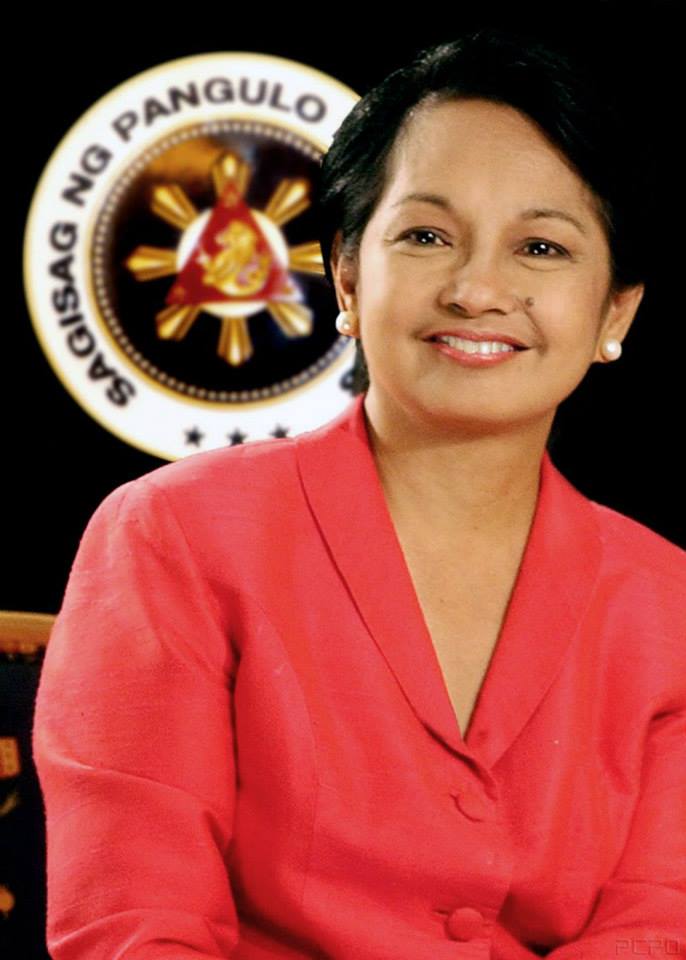
Gloria Macapagal-Arroyo is a Filipino politician and economist who served as the 14th president of the Philippines from 2001 to 2010. She was the first female president of the country, and her tenure in office was marked by both accomplishments and controversies.
Born on April 5, 1947, in San Juan, Metro Manila, Macapagal-Arroyo was the daughter of former Philippine president Diosdado Macapagal. She earned a Bachelor of Arts degree in economics from Assumption College and went on to pursue graduate studies at Georgetown University and the University of the Philippines.
Macapagal-Arroyo began her political career as an assistant secretary in the Department of Trade and Industry during the administration of President Ferdinand Marcos. She later served as a member of the Philippine Senate and the House of Representatives before being appointed as the secretary of social welfare and development in 1992. In 1998, Macapagal-Arroyo was elected as the vice president of the Philippines under President Joseph Estrada. However, in 2001, Estrada was ousted from office in a popular uprising, and Macapagal-Arroyo assumed the presidency.
During her presidency, Macapagal-Arroyo implemented various economic reforms and social programs, including the expansion of the country’s business process outsourcing industry and the creation of the Pantawid Pamilyang Pilipino Program, a conditional cash transfer program that aimed to alleviate poverty in the country.
She also pursued peace negotiations with insurgent groups and played a key role in the establishment of the Mindanao Peace Process, which aimed to end the decades-long conflict in the southern Philippines.
However, Macapagal-Arroyo’s presidency was also marred by controversies, including allegations of election fraud and corruption. In 2005, she was accused of attempting to manipulate the results of the national elections, leading to protests and calls for her resignation. In 2006, Macapagal-Arroyo survived an impeachment trial over allegations of corruption, but her administration continued to face scrutiny over issues such as human rights abuses and extrajudicial killings.
After her presidency, Macapagal-Arroyo continued to serve in government as a member of the Philippine House of Representatives and as the speaker of the house. She also faced legal challenges, including charges of plunder and electoral fraud.
Despite the controversies that surrounded her presidency, Macapagal-Arroyo’s contributions to Philippine politics and economics cannot be overlooked. She played a key role in the country’s economic growth during her presidency, and her efforts to promote peace in the southern Philippines have had lasting impacts on the region. Her tenure as the first female president of the Philippines also paved the way for more women to participate in politics and leadership roles in the country.
Gloria Macapagal-Arroyo is a complex figure in Philippine history, with both accomplishments and controversies to her name. However, her contributions to the country’s economic development and efforts toward peace in Mindanao cannot be ignored. As the first female president of the Philippines, she also helped pave the way for more women to take on leadership roles in the country.
8. Imelda Marcos: The Former First Lady of the Philippines

Imelda Marcos is a controversial figure in Philippine history, known for her extravagant lifestyle and close association with her husband, former Philippine president Ferdinand Marcos. As the country’s former first lady, Imelda Marcos played a prominent role in Philippine politics and society during the Marcos regime, which lasted from 1965 to 1986.
Born on July 2, 1929, in Manila, Imelda Marcos grew up in a middle-class family and later became a beauty queen and a singer. She met Ferdinand Marcos while he was serving as a congressman and they were married in 1954. During Ferdinand Marcos’ presidency, Imelda Marcos was known for her lavish spending and extravagant lifestyle. She amassed a large collection of art, jewelry, and real estate properties, and was often criticized for her excessive spending and ostentatious displays of wealth.
One of her most well-known projects was the construction of the Cultural Center of the Philippines, a complex of theaters and performance venues in Manila that was built in the 1960s. She also commissioned the construction of the Manila Film Center, a building dedicated to promoting the Philippine film industry, which was completed in 1982 at a cost of around $25 million. The construction of the Manila Film Center was surrounded by controversy, as workers were allegedly forced to work in dangerous conditions and some were killed in a construction accident.
However, Imelda Marcos was also known for her philanthropic work and social programs. She established various charitable organizations and foundations, including the Philippine National Red Cross, and was actively involved in social issues such as poverty alleviation and disaster relief.
The Marcos regime was marked by authoritarian rule and widespread human rights abuses. Ferdinand Marcos declared martial law in 1972, suspending civil liberties and instituting military rule. During this time, thousands of Filipinos were arrested, tortured, and killed by the military, and the country’s democratic institutions were weakened. Imelda Marcos played a key role in the Marcos regime’s propaganda efforts, promoting a vision of a prosperous and modern Philippines under the leadership of her husband. She also served as a diplomat, representing the Philippines in various international forums.
The Marcos regime came to an end in 1986, following a popular uprising known as the People Power Revolution. The Marcos family fled the country and went into exile in the United States, where Ferdinand Marcos died in 1989. Imelda Marcos returned to the Philippines in 1991 and became active in politics once again. She was elected to the Philippine House of Representatives in 1995 and later served as a member of the Philippine Congress and as governor of the province of Ilocos Norte.
Imelda Marcos has faced numerous legal challenges over the years, including charges of corruption and human rights abuses. In 2018, she was convicted of corruption by the Philippine anti-graft court and sentenced to a maximum of 77 years in prison, although she remains free on bail while she appeals the conviction.
In conclusion, Imelda Marcos is a complex and controversial figure in Philippine history, known for her lavish lifestyle and close association with her husband, former Philippine president Ferdinand Marcos. While she was criticized for her excessive spending and promotion of the Marcos regime’s propaganda, she also played a role in the country’s philanthropic and social programs. However, the Marcos regime was also marked by authoritarian rule and widespread human rights abuses, and Imelda Marcos faced legal challenges for her alleged involvement in these abuses.
9. Efren Reyes: The Magician of Billiards
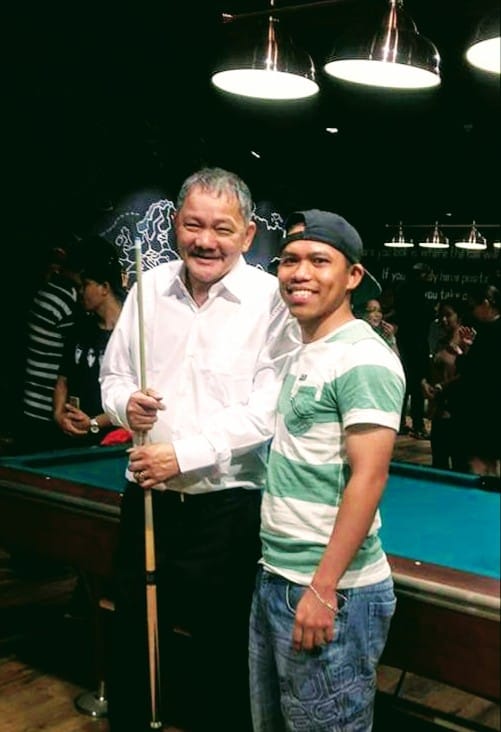
Efren Reyes is widely considered one of the greatest pool players of all time. Born on August 26, 1954, in Pampanga, Philippines, he is known for his incredible skill, creativity, and consistency on the billiards table. Reyes began playing pool at a young age and quickly showed a natural talent for the game. He honed his skills by playing in local competitions and eventually became a professional pool player in the Philippines.
In 1985, Reyes made his mark on the international pool scene by winning the US Open Nine-ball Championship, which is considered one of the most prestigious pool tournaments in the world. He went on to win the championship four more times, in 1991, 1994, 1999, and 2004.
Reyes’ skill on the table is often compared to that of a magician, hence his nickname “The Magician”. He is known for his ability to perform incredible shots that seem impossible to the average player. His signature shot is the “massé” shot, which involves hitting the cue ball at an angle and causing it to curve around an obstacle to hit the target ball.
Reyes has also won numerous other pool tournaments throughout his career, including the World Pool Championship, the World Cup of Pool, and the Derby City Classic. He has also been inducted into the Billiard Congress of America Hall of Fame and the International Pool Tour Hall of Fame.
Despite his success and fame, Reyes has remained humble and gracious throughout his career. He is respected by his fellow pool players and fans alike for his sportsmanship and friendly demeanor. In addition to his skill on the table, Reyes has also been an ambassador for the sport of pool. He has traveled around the world to promote the game and has inspired a new generation of pool players in the Philippines and beyond. Reyes has also been involved in charitable work, using his fame and influence to help those in need. He has organized pool exhibitions to raise money for various causes, including disaster relief efforts in the Philippines.
Efren Reyes is a legendary figure in the world of pool, known for his incredible skill, creativity, and consistency on the table. He has won numerous prestigious tournaments and is respected by his peers for his sportsmanship and graciousness. Reyes has also been an ambassador for the sport of pool and has used his fame to help those in need. His legacy will continue to inspire and influence the next generation of pool players for years to come.
10. Henry Sy: The Man Behind the Philippines’ Largest Retail Company
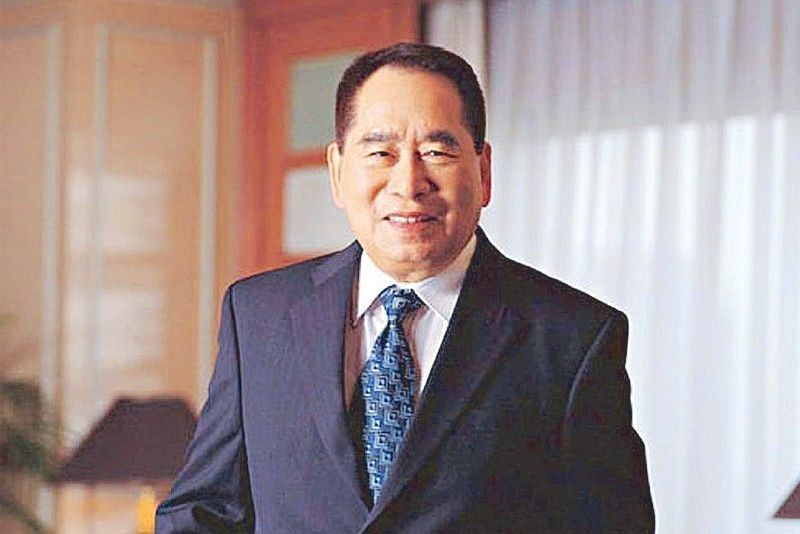
Henry Sy was a Chinese-Filipino entrepreneur and philanthropist, known for founding the Philippines’ largest retail company, SM Prime Holdings. Born on October 15, 1924, in Xiamen, China, Sy immigrated to the Philippines with his family in the 1930s. Sy started his career in retail by selling surplus shoes from the US military after World War II. He then opened his first shoe store in Manila in 1958, which eventually led to the establishment of Shoemart, later renamed SM.
SM quickly grew to become the Philippines’ largest chain of department stores and shopping malls, with over 70 malls and 60 supermarkets across the country. SM Prime Holdings is also listed on the Philippine Stock Exchange and is one of the largest companies in the country. Sy’s success in business was attributed to his strong work ethic and his ability to identify and respond to the needs of his customers. He also believed in investing in his employees, providing them with training and opportunities for advancement.
Aside from his success in business, Sy was also known for his philanthropic work. He established the Henry Sy Foundation, which focuses on education, healthcare, disaster relief, and community development. The foundation has donated millions of dollars to various causes in the Philippines.
Sy’s contributions to the Philippine economy and society were recognized by various awards and honors. He was awarded the Order of the Golden Ark by the Netherlands in 1992 and was conferred the rank of Commander in the Order of Leopold by the Belgian government in 2017. Sy passed away on January 19, 2019, at the age of 94. His legacy as a successful entrepreneur and philanthropist continues to inspire and influence the business community in the Philippines and beyond. In addition to his business and philanthropic work, Sy was also a strong advocate for environmental sustainability. He believed in the importance of protecting the planet for future generations and supported various initiatives to reduce waste and promote renewable energy.
Henry Sy was a remarkable entrepreneur and philanthropist, known for his success in building the Philippines’ largest retail company and his commitment to giving back to his community. His legacy continues to inspire and influence the business community in the Philippines and beyond. His work in promoting environmental sustainability is also a testament to his vision of a better world for all.

Good post. I learn something new and challenging on blogs I stumbleupon on a daily basis. Its always exciting to read content from other authors and use a little something from other web sites.